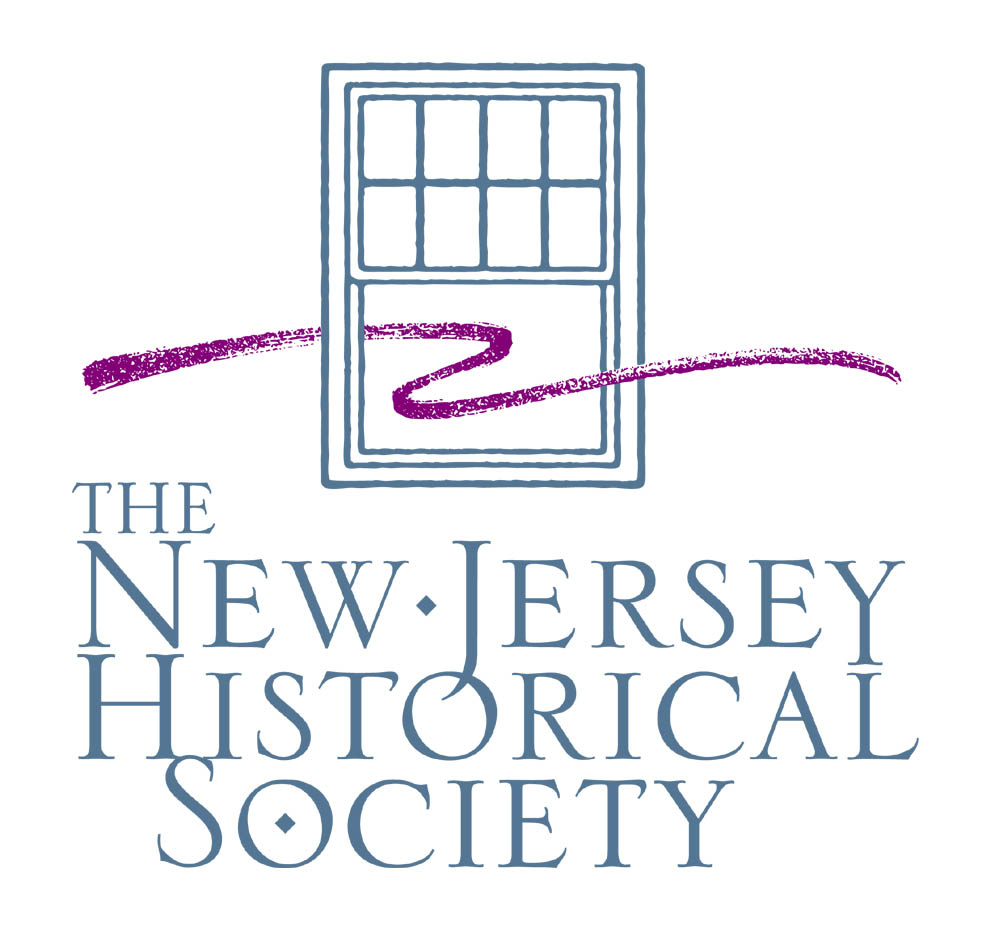Guide to the Journal of James Parker 1789-1790 MG 546
TABLE OF CONTENTSDescriptive Summary |
 1789-1790 52 Park Place Newark, New Jersey 07102 Contact: NJHS Library (973) 596-8500 x249 library@jerseyhistory.org https://www.jerseyhistory.org © 2004 All rights reserved. The New Jersey Historical Society, Publisher Inventory prepared by Althea Bernheim as part of the “Farm to City” project funded by a grant from the National Historical Publications and Records Commission. Finding aid encoded by Danielle Kovacs. February 2004. Production of the EAD 2002 version of this finding aid was made possible by a grant from the Andrew W. Mellon Foundation. Finding aid written in English. Biographical NoteJames Parker (1725-1797), the son of Janet Johnstone (d.1741) and John Parker (1693-1732), served on the northern frontier during the French and Indian War as a young man. Sometime after 1746, he left the army and partnered with Beverly Robinson and Andrew Johnston in a mercantile business. The company traded with the West Indies and in 1750-1751, Parker traveled to Jamaica for business reasons. Soon after this trip he settled in Perth Amboy, New Jersey to manage the family estate, which included the mansion known as “The Castle.” He married Gertrude Skinner (d.1811), the sister of Cortlandt Skinner. Parker served in a number of different capacities throughout his lifetime. He was an agent for the East Jersey Proprietors; an agent for the Hunterdon and Sussex County properties of Sir Robert Barker, an absentee landlord; a lawyer; a councilor under Governor William Franklin (1764-1775); and mayor of Perth Amboy (1771). In 1775, he declined the appointment as one of Perth Amboy’s delegates to the Provincial Congress, choosing instead to stay neutral during the escalating conflict. Though he had loyalist connections and sympathies, he remained neutral and moved his family to the farm he called “Shipley” in Bethlehem (now Union), Hunterdon County, New Jersey. In November of 1777, James Parker and two others were taken as loyalist hostages to ensure the safety of patriot captives. Parker was soon allowed to return to his family at “Shipley,” where they remained until the end of the war. In 1783, the Parkers moved to New Brunswick, New Jersey for two years before returning to the family home in Perth Amboy. James Parker died on October 4, 1797, leaving his son, James (1776-1868), to manage the remaining family lands. Sir Robert Barker (1729-1789), an Englishman, was one of James Parker’s major clients. He owned large tracts of land in New Jersey, which came under dispute after the Revolutionary War. James Parker worked on Sir Barker’s behalf to retain ownership of these lands. Nothing is known about Sir Robert Barker’s birth, however, he most likely was born in the area of Derbyshire, England where his ancestors resided. He was a long time commander-in-chief in Bengal as a part of the East India Company. In October of 1762 he was the commander-in-chief of the artillery at the capture of Manila and then in 1763 returned to England where he was knighted. However, he soon returned to India. He resigned commission and returned to England where in 1774 he served in Parliament for Wallingford. In 1775 he was selected as a member of the Royal Society. He retired 1780 and in March of 1781 he received baronetcy. He died September 14, 1789. Return to the Table of Contents Scope and Content NoteThis volume written by James Parker (1725-1797) concerns the estates of Sir Robert Barker in Greenwich and Alexandria. Barker was an Englishman who was attempting to recover lands in New Jersey confiscated after the American Revolution. The “Barker Tract” is depicted (in maps not contained within this collection) on the south side of the Musconetcong River in what must now be the Township of Alexandria in Hunterdon County. On the north side of the river, the Barker Tract was bounded by properties belonging to J. Bray, A. Heath, and E. Backon. These properties would be in what is now Warren County, in Greenwich and/or Mansfield Townships. The journal spans the years of 1789 through 1790 and follows the observations and actions made by James Parker on Sir Robert Barker’s behalf. Return to the Table of Contents RestrictionsAccess RestrictionsThere are no access restrictions on this collection. Photocopying of materials is limited and no materials may be photocopied without permission from library staff. Use RestrictionsResearchers wishing to publish, reproduce, or reprint materials from this collection must obtain permission. The New Jersey Historical Society complies with the copyright law of the United States (Title 17, United States Code), which governs the making of photocopies or other reproductions and protects unpublished materials as well as published materials. Return to the Table of Contents Return to the Table of Contents Related MaterialFor collections related to the Parker family, see: Manuscript Group 18, Parker Family Papers (Perth Amboy, N.J.) Manuscript Group 287, James Parker and John Parker Papers Manuscript Group 747, James Parker (1776-1868) and Cortlandt Parker Return to the Table of Contents Administrative InformationCustodial HistoryThe source of this collection is unknown. Preferred CitationThis collection should be cited as: Manuscript Group 546, James Parker Journal, The New Jersey Historical Society. Return to the Table of Contents BibliographyClayton, W. Woodford, ed. History of Union and Middlesex Counties, New Jersey, with Biographical Sketches of Many of Their Pioneers and Prominent Men. (Everts & Peck: Philadelphia, 1883), pgs. 612-613. Return to the Table of Contents |

